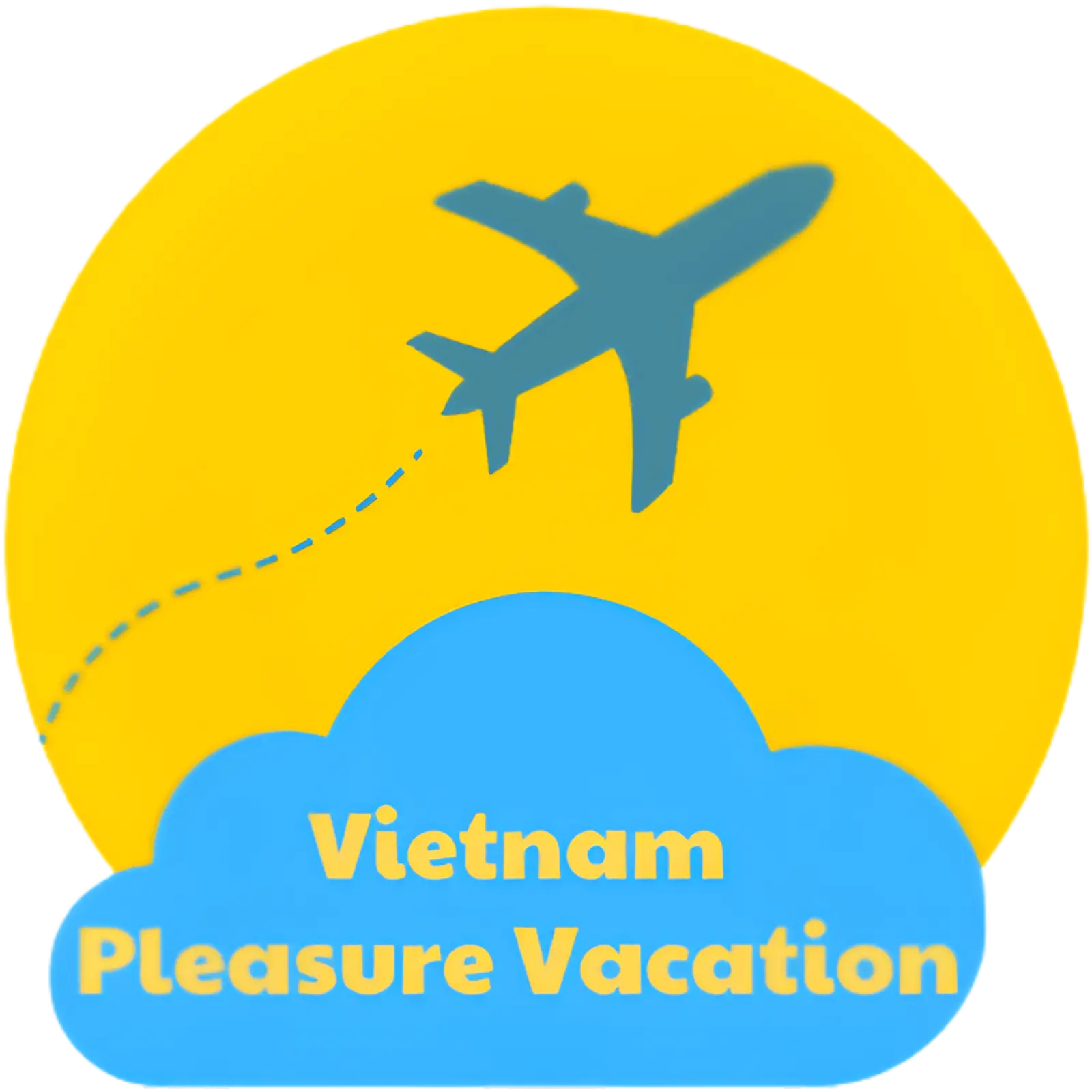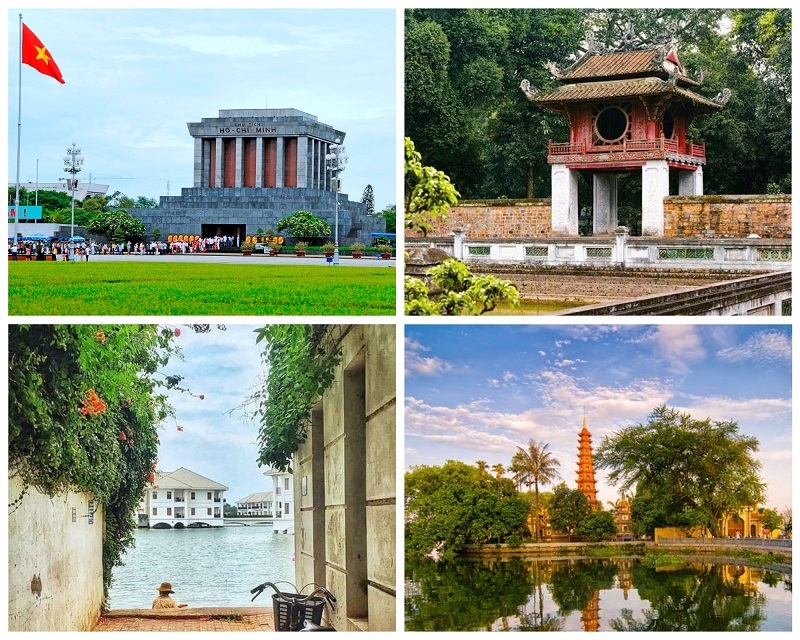Hanoi, the capital of Vietnam, is a city of vibrant culture, rich history, and breathtaking landscapes. For foreign travelers, it offers a unique blend of old-world charm and modern dynamism. In this comprehensive guide, we will explore the enchanting city of Hanoi, helping you make the most of your visit.
Chapter 1: Planning Your Trip to Hanoi
Before embarking on your journey to Hanoi, there are some essential aspects of trip planning you should consider.
- Visa Requirements: Most foreign travelers need a visa to enter Vietnam. Check the visa requirements for your nationality and apply in advance.
- Best Time to Visit: Hanoi has a tropical monsoon climate, with distinct wet and dry seasons. The best time to visit is during the dry season, from October to April, to enjoy pleasant weather and clear skies.
- Currency and Currency Exchange: The official currency is the Vietnamese Dong (VND). Be sure to have some local currency on hand, and exchange money at banks or reliable exchange offices.
- Accommodation: Hanoi offers a wide range of accommodation options, from budget hostels to luxury hotels. Research and book your stay in advance to ensure the best experience.
Chapter 2: Getting to Hanoi
Hanoi is well-connected to the world through Noi Bai International Airport, and there are several ways to reach the city center.
- Arriving at Noi Bai International Airport: The airport is located about 28 kilometers north of Hanoi. You can reach the city center via taxi, airport shuttle buses, or ride-sharing services.
- Overland Travel: If you’re traveling from neighboring countries, you can cross the border by bus or train. There are direct buses from Laos, Cambodia, and China, while trains connect to destinations in China and Laos.
Chapter 3: Navigating the City
Hanoi’s streets are a whirlwind of activity, and navigating the city can be both exciting and challenging.
- Walking and Cyclos: Hanoi’s Old Quarter is best explored on foot. The narrow streets are lined with shops, street vendors, and restaurants. For a unique experience, take a cyclo (pedicab) ride to see the sights at a leisurely pace.
- Taxis and Ride-Sharing: Taxis are a convenient mode of transportation within the city. Ensure the taxi has a meter, and confirm the fare before starting your journey. Ride-sharing apps like Grab are also popular and reliable.
- Public Transportation: Hanoi has an expanding public transportation system, including buses and a metro. While it’s cost-effective, it may be challenging for travelers due to language barriers.
Chapter 4: Must-Visit Attractions
Hanoi is a city steeped in history and culture, and there are several must-visit attractions that offer a glimpse into its rich heritage.
- Hoan Kiem Lake: Located in the heart of Hanoi, this picturesque lake is surrounded by temples and gardens. Don’t miss the opportunity to take a stroll around the lake, especially in the early morning or late evening.
- Ho Chi Minh Mausoleum: Visit the final resting place of Vietnam’s beloved leader, Ho Chi Minh. The grand mausoleum stands as a symbol of reverence and national pride.
- The Old Quarter: This historic district is a labyrinth of narrow streets, each dedicated to a particular trade or craft. Explore the bustling markets and try local street food.
- Temple of Literature: This ancient temple, also known as Van Mieu-Quoc Tu Giam, is dedicated to Confucius and hosts the Imperial Academy. It’s a serene place to immerse yourself in Vietnamese culture and history.
- Hoa Lo Prison: Known as the “Hanoi Hilton,” this former prison serves as a haunting reminder of the city’s turbulent past.
- One Pillar Pagoda: A unique architectural masterpiece, this pagoda is a symbol of Vietnamese Buddhism and a must-visit for its historical significance.
Chapter 5: Hanoi’s Culinary Delights
Hanoi is renowned for its culinary scene, and exploring the local cuisine is a highlight of any trip to the city.
- Pho: No visit to Hanoi is complete without trying its world-famous noodle soup, pho. Sample it at local street stalls or renowned restaurants.
- Bun Cha: This iconic Vietnamese dish consists of grilled pork served with rice noodles and fresh herbs. Enjoy it at local eateries like Bun Cha Huong Lien, made famous by a visit from former President Barack Obama.
- Egg Coffee: Sip on a cup of Hanoi’s signature drink, egg coffee, at a traditional cafe like Cafe Giang.
- Banh Mi: Experience the delicious fusion of French and Vietnamese cuisine in a banh mi sandwich. Try one from Banh Mi 25 or Banh Mi Doner Kebab for a unique twist.
- Bun Thang: A traditional Hanoian dish, bun thang is a noodle soup made with chicken, herbs, and egg. It’s a delicacy you won’t want to miss.
Chapter 6: Exploring Beyond Hanoi
While Hanoi itself has much to offer, there are several captivating destinations worth exploring in the vicinity.
- Halong Bay: A UNESCO World Heritage Site, Halong Bay is famous for its stunning limestone karsts and emerald waters. Take a cruise to explore the bay’s beauty.
- Tam Coc: Often referred to as “Halong Bay on Land,” Tam Coc offers picturesque boat rides through caves and rice paddies.
- Sapa: This mountainous region is known for its terraced rice fields and ethnic minority cultures. Hike in the lush landscapes and interact with local communities.
- Perfume Pagoda: A day trip from Hanoi, the Perfume Pagoda complex offers a serene escape, including a boat ride to the pagoda.
Chapter 7: Cultural Etiquette and Tips
Understanding the cultural norms and etiquette in Hanoi is essential to ensure a respectful and enjoyable visit.
- Dress Modestly: While Hanoi is becoming more modern, it’s respectful to dress modestly when visiting religious sites and local communities.
- Respect Local Customs: Be aware of local customs and traditions. Remove your shoes when entering homes or temples, and always ask for permission before taking photos of people.
- Learn Some Vietnamese Phrases: While many people in Hanoi speak English, learning a few basic Vietnamese phrases can go a long way in bridging the language barrier and showing respect to the local culture.
- Bargain Politely: Bargaining is common in street markets, but do so politely and with a smile. Keep in mind that some items have fixed prices.
Hanoi, a city steeped in history and culture, offers foreign travelers a unique and enchanting experience. From the bustling streets of the Old Quarter to the serene shores of Hoan Kiem Lake, Hanoi has something to offer every type of traveler. By planning your trip well, respecting local customs, and immersing yourself in the local cuisine, you can make the most of your visit to this captivating city and the surrounding


Comment (0)